Dear Friends
I'm thrilled to share some behind-the-scenes insights into my journey of creating this series of still life paintings. It's been an absolute joy diving into the research and sourcing the elements that bring each piece to life.
I'm thrilled to share some behind-the-scenes insights into my journey of creating this series of still life paintings. It's been an absolute joy diving into the research and sourcing the elements that bring each piece to life.
| Exploring the history and nuances of different biscuits, tablecloths, and crockery has been a fascinating adventure. As someone whose memories stretch back to the vibrant 1970s, I found myself drawn to the bright oranges and bold floral patterns that defined the era. Taking a creative leap, I found inspiration in vintage samples to tweak the patterns to improve the authenticity. |
One highlight was rediscovering my Denby Potteries' Troubadour pattern crockery, a cherished inheritance from my grandmother. It's remarkable how these pieces evoke cherished beloved memories around the dinner table.
| As I progress with each piece, I find myself particularly drawn to the 1950s—it holds a special place in my heart. From painting the intricate gingham pattern to capturing the essence of the crockery and biscuits, every brushstroke feels like a nostalgic journey. Thank you for joining me on this artistic adventure. I can't wait to share more updates with you soon! |

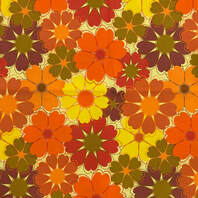
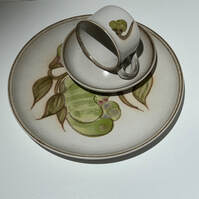

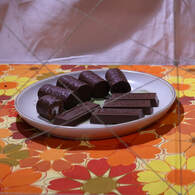
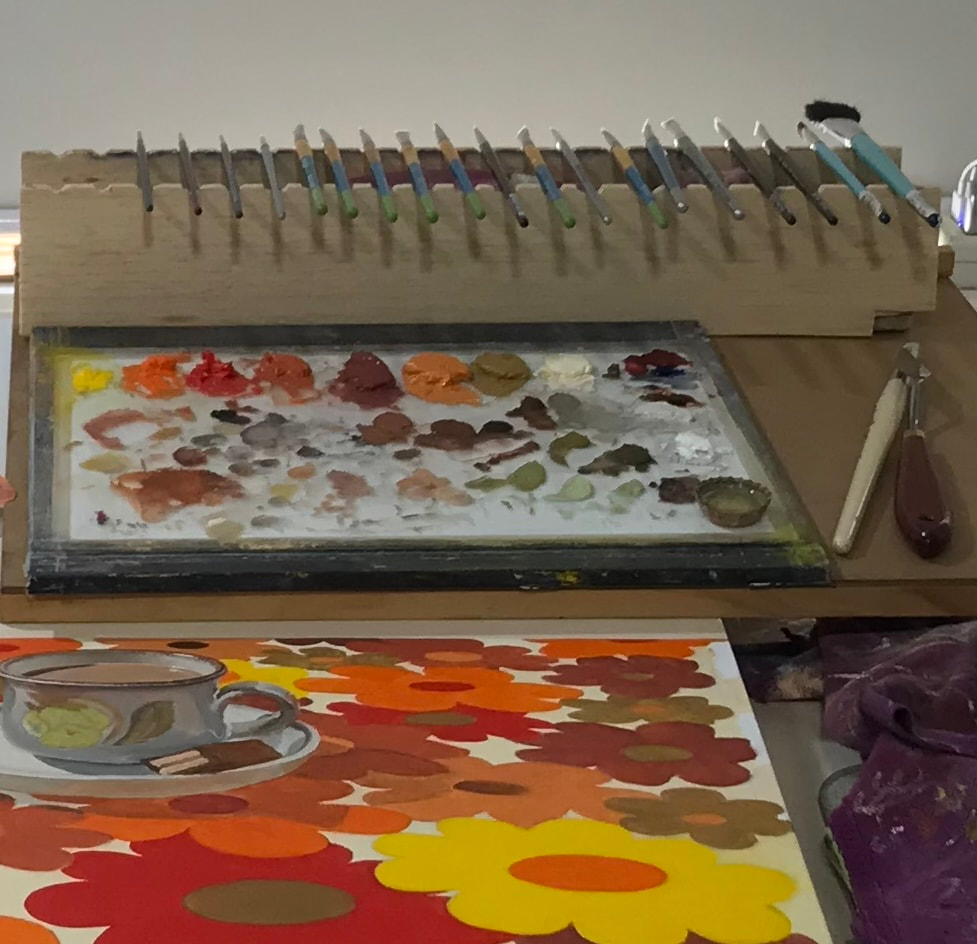
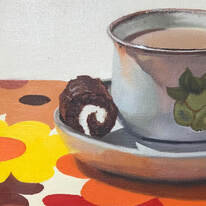
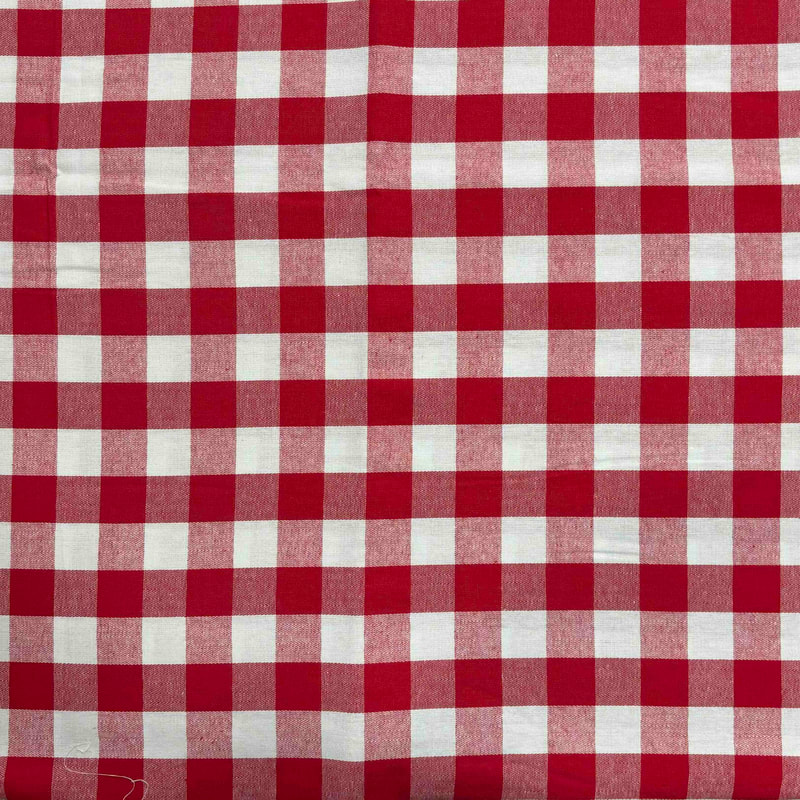

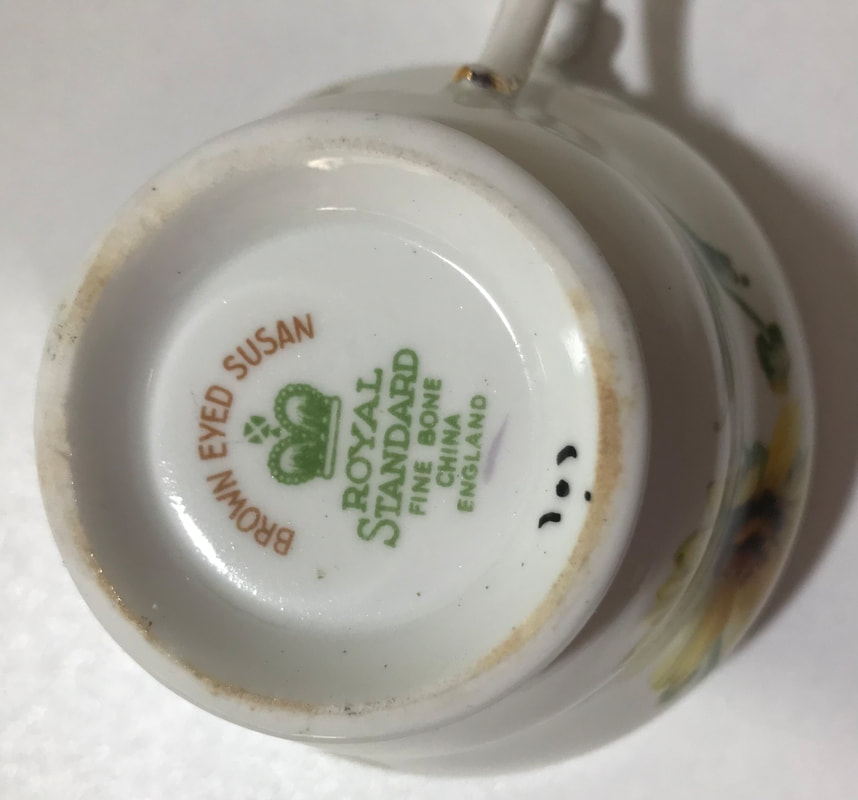
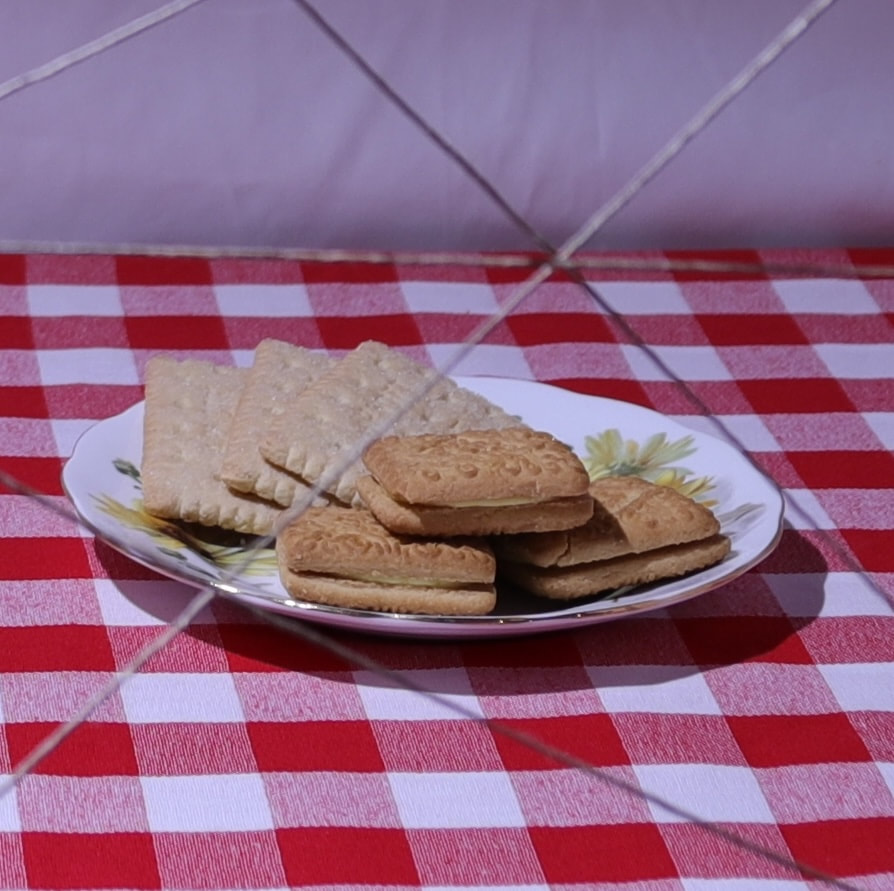
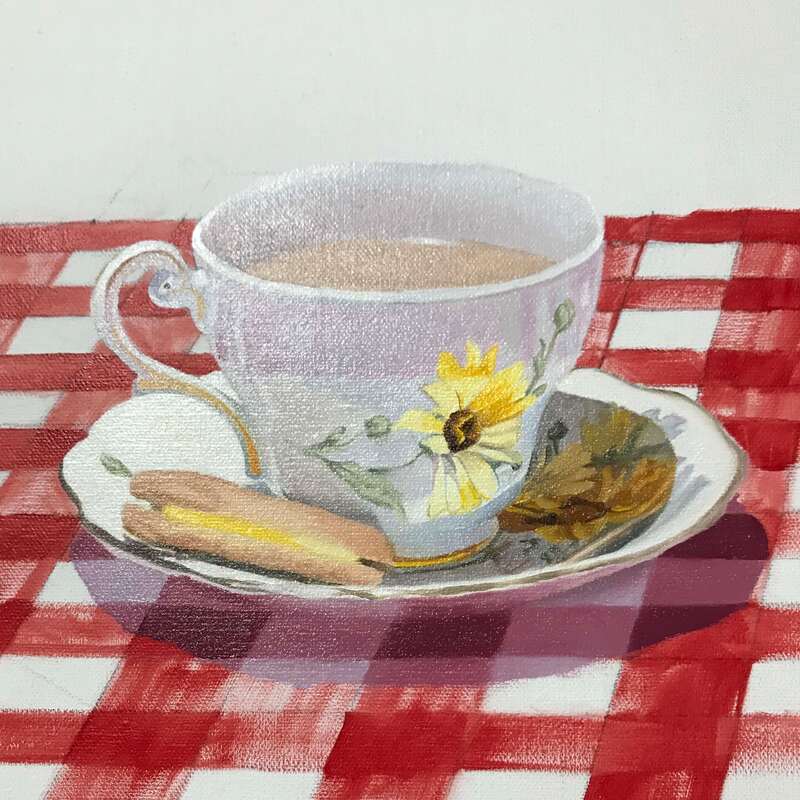
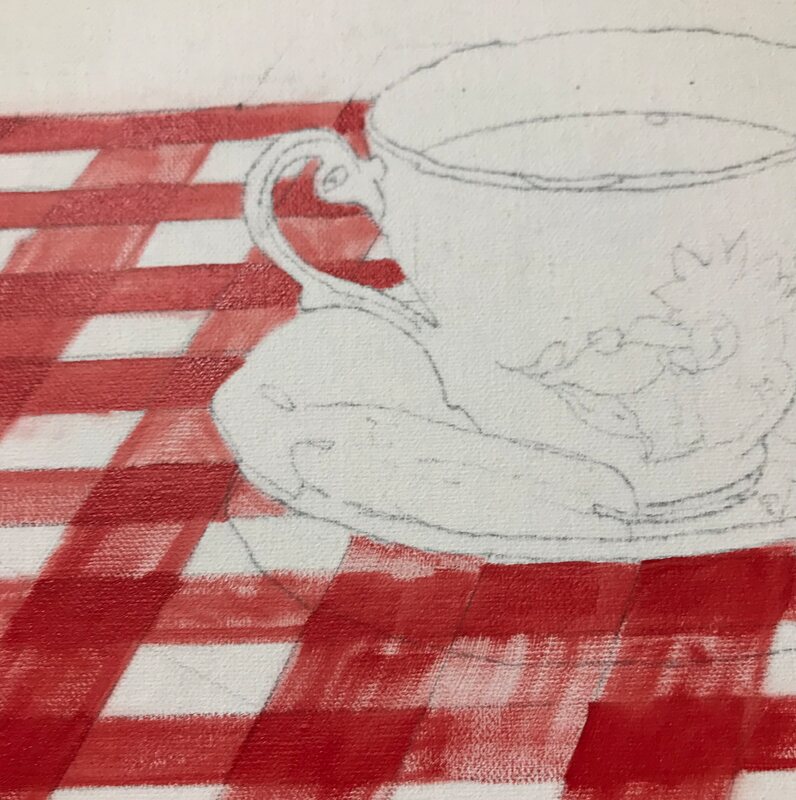

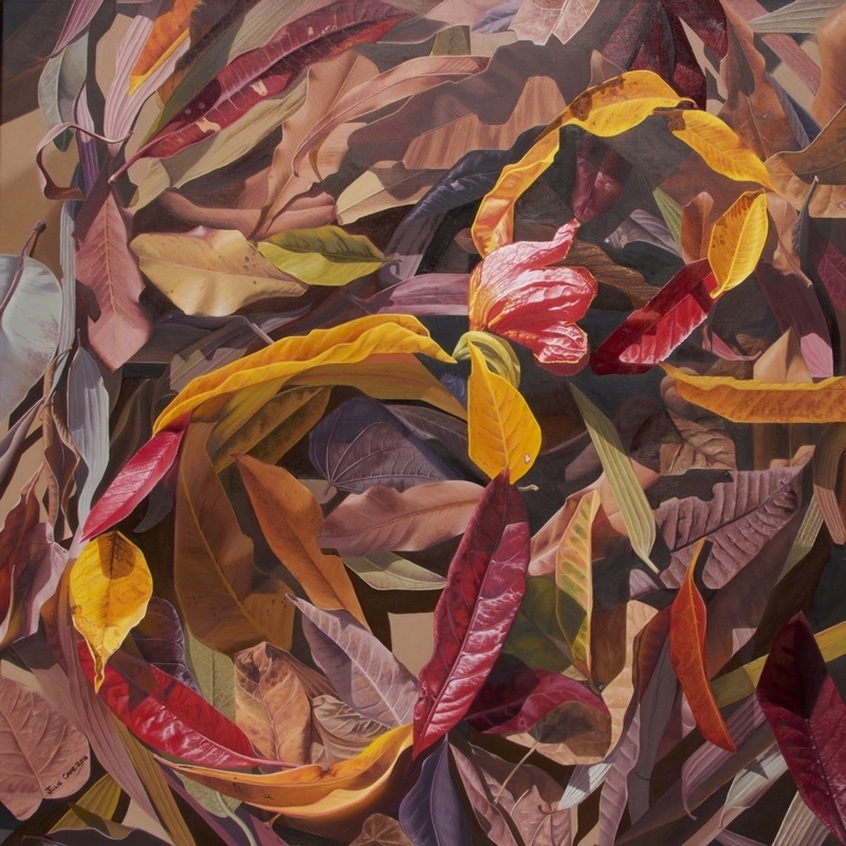
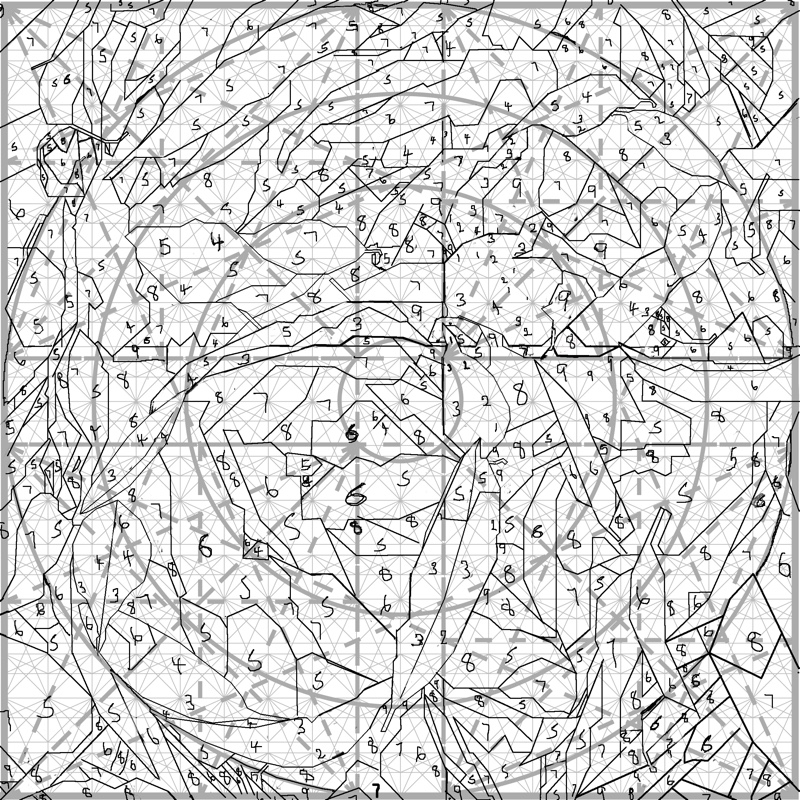
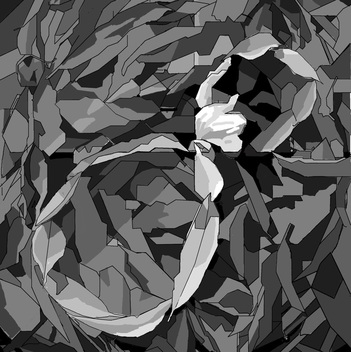
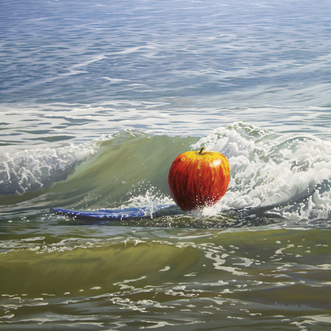
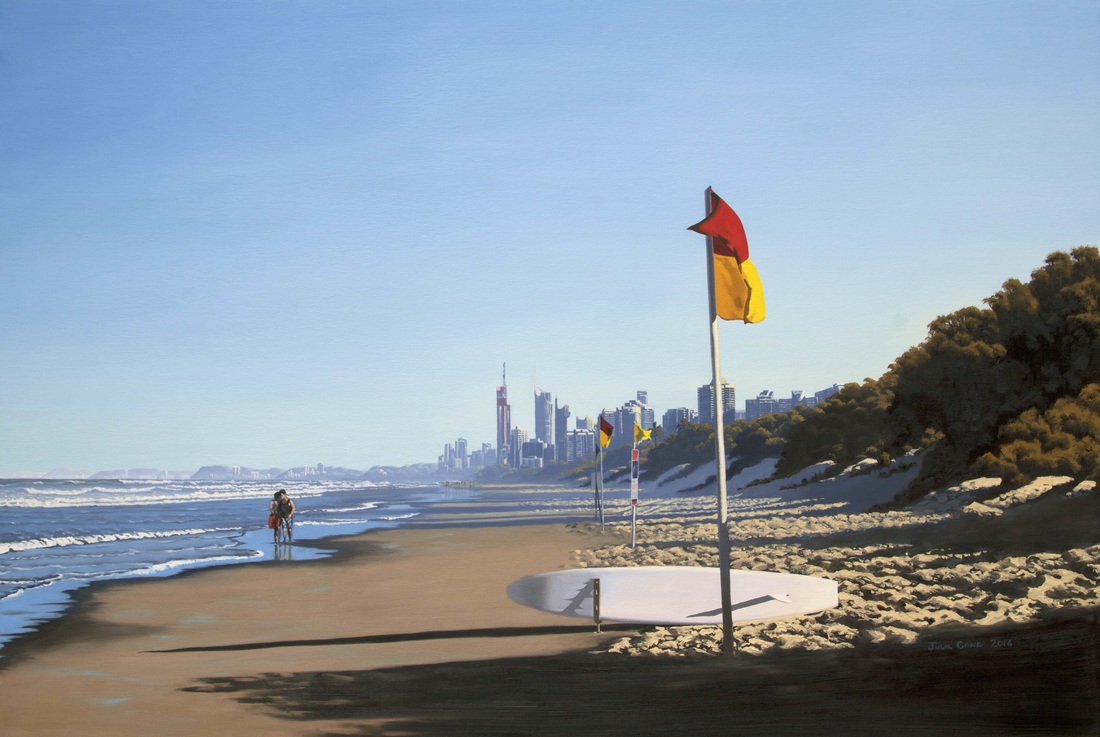
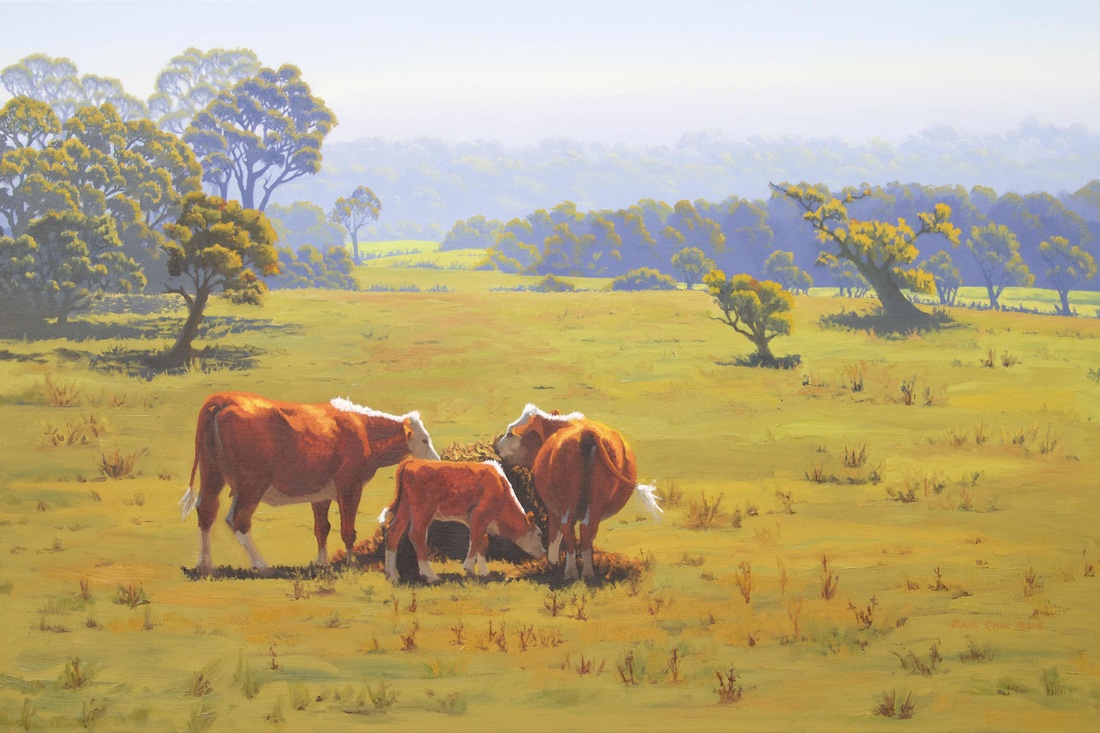

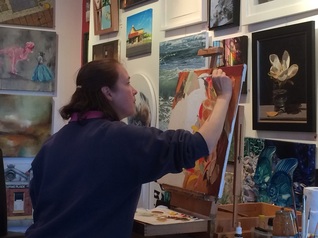
 RSS Feed
RSS Feed
